Which is the fastest NASCAR car in the history of the sport?
Other Sports
The Grand Prix weekend is one of the most exciting seasons for Formula 1 lovers. But before the adrenaline and revved-up engines, fans are eager to get the question ''how does F1 qualifying work?'' answered. The process has undergone some changes in the recent past, making the process more competitive. Keep scrolling to discover what happens before the main racing event.
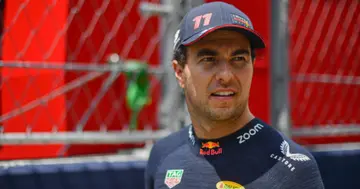
Formula 1 qualifying is the process where drivers compete to set the shortest lap time to determine their race position on the grid. The 20 contestants must abide by the set qualifying rules, facing penalties if they do not. How does F1 qualifying work? Here is everything you should know.
Before the main race happens on Sunday of Grand Prix weekend, drivers go through prior competitions to determine their positions on the grid. In earlier years, drivers set their fastest lap time within a certain period to determine their grid position. In 2006, the process became more structured, dividing the F1 qualifying time into three sessions.
Which is the fastest NASCAR car in the history of the sport?
Other Sports
Today's qualifying process is more structured and works with elimination. The process begins on Friday, and drivers participate in two practice sessions lasting 1-2 hours. The main qualifying happens on the second day.
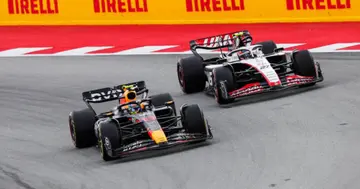
The practice sessions are known as Free Practice (FP) and are crucial because racers get to check the condition of their cars before the race. The first practice (FP1) helps them understand the track and implement any required mechanical or set-up changes.
During FP2, the drivers do longer trial races on the track and qualifying simulation runs. The last practice session focuses on shorter runs in preparation for the qualifiers. One of the F1 requirements is that for two practice sessions in a season, teams must field a driver who has not completed more than two Formula 1 races.
Finally! A list of the best female race car drivers of all time
MotoGP
After Friday's practice sessions, the 20 drivers and competing teams set a lap time and must complete their laps within that period. How does the F1 qualifying race work? The three qualifying sessions are as follows:
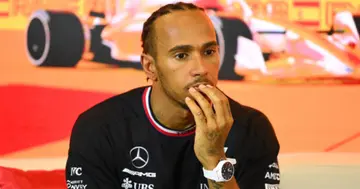
Basketball positions explained: Key positions in basketball and their roles
NBA
Lewis Hamilton has the highest number of pole positions in 2023. The position, found on the inside of the front row, has been termed as the most favourable, earning the pole sitters first position in numerous Grand Prix races.
The competing drivers decide how many laps they want to participate in at the qualifying stage. However, most do two on average to save up on fuel and maintain the set of tires they have for the entire competition.
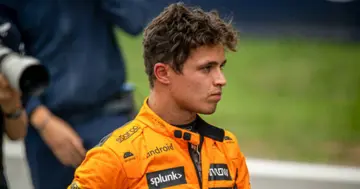
The F1A (Formula 1 Association) recently adjusted the rules for the 2023 Grand Prix held in Azerbaijan. The first shortened race will have a qualifying session on Saturday known as the 'Sprint shootout.'' The race will also have three qualifying sessions, lasting 12, 10, and 8 minutes respectively. Additionally, participants will use new tyres in each session; medium compound tyres in the first two and soft tyres in the final run-out.
50 of the funniest race car jokes you will ever come across
MotoGP
In 2021, the Formula 1 Association introduced sprint qualifying as a new method to determine the grid positions. This qualifying method does not follow the three-part process and is held on Friday, not Saturday. Moreover, contestants have less time to rank highly on the grid and do not have to make mandatory pit stops.
Sprint qualifying lasts 100 minutes, and drivers get three sets of tyres. The race results determine Sunday's grid positions, with the winner becoming the pole-sitter. The top eight racers will also score points compared to the top three in the previous qualifying system.
With these updated guidelines, the sprint qualifying weekend consists of one practice session, qualifying, sprint shootout, the sprint, and the main race on Sunday.
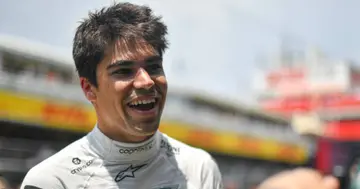
Racers are acquainted with the qualifying rules before the process commences. Failure to adhere to the set guidelines through behavioral misconduct or breaching technical rules can lead to a lowering of the grid position or suspension from a race.
Different dart games: A list of different types of dart games to play with your friends
Other Sports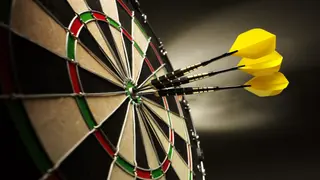
Netizens have been keen to discover, ''How does qualifying work at F1?''The rules and guidelines are constantly changing to accommodate more stakeholders and keep the thrill of the sport. It will also be interesting to see upcoming talent setting new records for the pole positions.
READ ALSO: How to become an F1 driver
Sports Brief published an article explaining the requirements and process of becoming a Formula 1 driver. Speed junkies like Lewis Hamilton and Michael Schumacher have inspired thousands globally, with many aspiring to join the profession. But what does it take to become a Formula 1 racer?
Firstly, any interested participant must be a current F1A International Grade A license holder with a valid driving license. In addition, you must be at least 18 years old during your first F1 competition. Check out the above article for the complete set of requirements and everything you need to become an F1 driver.